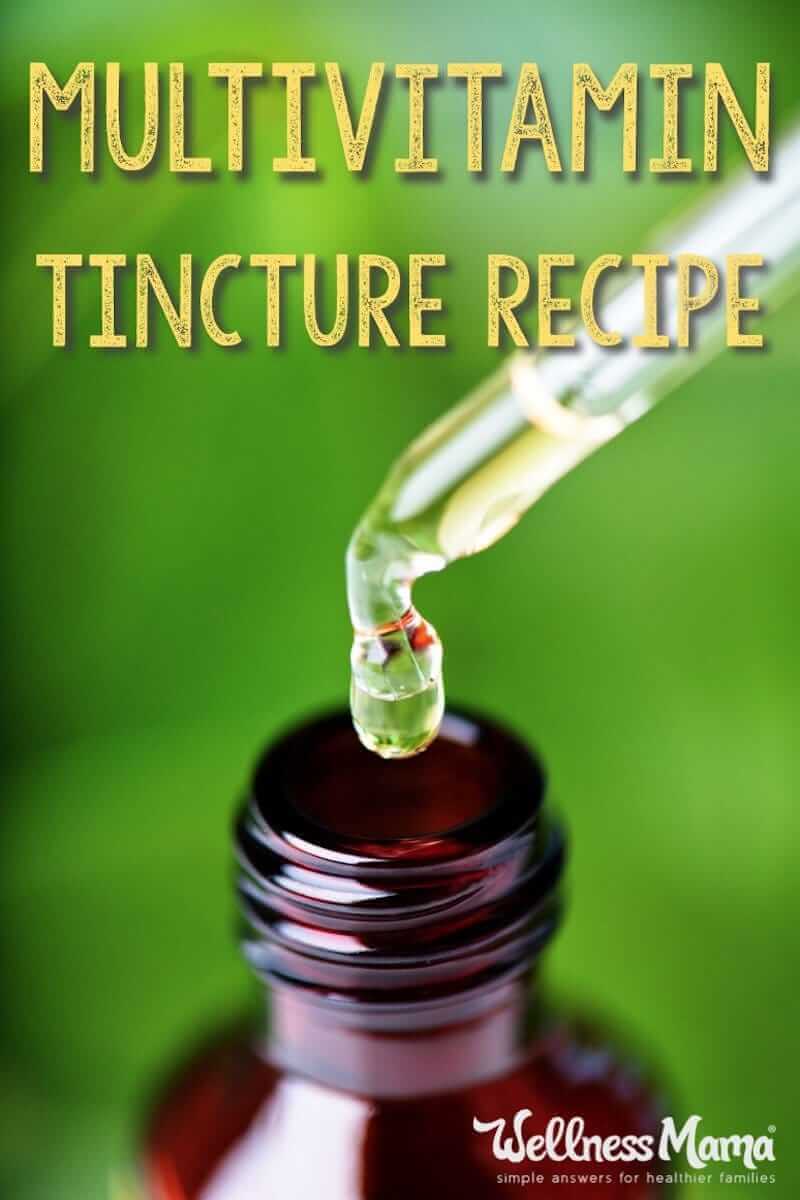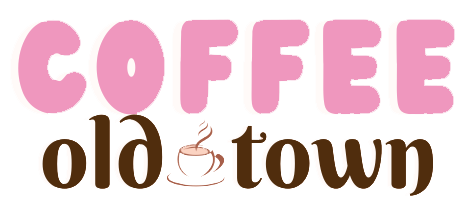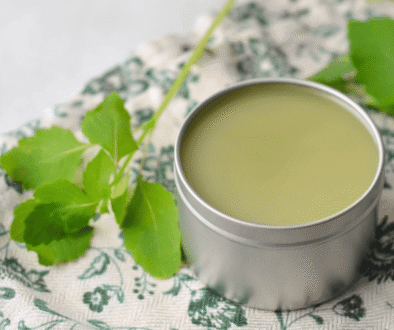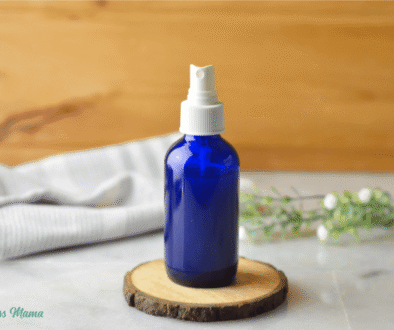Liquid multivitamin dye recipe
[ad_1]
I shared my homemade crunchy vitamins for children (or adults) in the past. Although it is definitely the favorite of the crowd with us, I also wanted to share my multivitamin plants based on plants.
This recipe is essentially a plant-based glyceritis made with certain high nutriation herbs to create liquid multi-vitamin. It can easily be personalized and can be for children or adults.
Making a plant -based multivitamin dye is the same process used to make plant -based glyceritis, but these specific herbs are a natural source of nutrients and make an excellent vitamin. Although global nutritional quantities are lower, they are very bioavailable.
Why liquid vitamin?
My children love chewable / gumm vitamins, which are also an excellent source of gelatin. However, this dye has a higher concentration of certain vitamins and minerals of herbs. In addition, it's more concentrated, so you don't have to take as much. You only need a small amount of this dye to get a good dose of vitamins / minerals. This makes it useful during the disease or when it is difficult to reduce food (early pregnancy, etc.).
It is much easier to make a regular part of your daily routine when they are easier to take!
Multivitamins based on homemade plants are also an inexpensive way to obtain the necessary vitamins and minerals without additives and charges often found in commercial vitamins. Since minerals come from natural plant sources (herbs), they are more likely to be in balance than synthetic versions. And their natural synergy helps increase absorption.
If it is done correctly, plant -based multivitamin dyes have a good taste and are an easy way to get small to take vitamins! I also use vitamin dyes like this during pregnancy and breastfeeding for nutrients and to maintain my balanced immune system.
Multivitamin dye herbs
Before using herbs, be sure to search and use only herbs that are safe to use in the long term. I shared my recipe below, but you will have to determine which herbs are the best for your family before making one. In the past, this recipe had an alcohol option to make a real dye, but vitamins and minerals are not as well extracted in alcohol. Using glycerin, the recipe always avoids synthetic preservatives, is stable and is a better source of certain nutrients.
Make a plant -based glyceritis
Glycerin is popular in certain groups due to its sweet taste. It is also an alcohol -free way to preserve herbs for those who want to avoid alcohol. Even if it is sweet, it is not a sugar and will not increase insulin levels for the most part. It is also very popular with children!
Alcohol dyes are a little stronger than glycerites, so you need to take a higher dose with glycerites. However, glycerin is doing a better job of extraction of vitamins, aromatics and other constituents soluble in water. You will not really get fat vitamins like vitamin D, E, A and K.
The herbs that I use in my recipe are:
I chose these specific herbs for a reason …
Alfalfa
Luzerne is often called “nature multivitamin” for its high concentration of many vitamins and minerals. In particular, it contains eight essential amino acids, vitamin K, and has the largest chlorophyll content of any plant. This is also why I use it in my pregnancy tea. Luzerne -based plant glyceritis has vitamins B and C, calcium, iron, magnesium, phosphorus and potassium.
Red raspberry
This is one of my favorite herbs, and I took it during the second half of my pregnancies. It has vitamins B and vitamin C, as well as calcium, magnesium, manganese, potassium and phosphorus. Raspberry Leaf is a favorite for pregnant women for its ability to tone the uterus and facilitate labor. I wonder if this is due in part to its magnesium content, because magnesium was extremely useful during pregnancy.
Dandelion leaf
Also very high in vitamins and minerals, in particular calcium. It is the same type of dandelion that is unleashed in your backyard, and its root, its leaves and even the flowers are very useful! The dandelion root would be excellent for the digestive system and intestinal health, the liver, the pancreas, the gallbladder and the circulatory system.
The dandelion leaf not only has calcium, but you will also find vitamin B, potassium and iron. It is often used as a diuretic to rinse excessive body waste and support the kidneys (without exhausting potassium).
Stevia
I use stevia simply for taste, but it has its own health benefits. This grass is optional if you don't have one or if you want to jump it. Stevia is rich in phenols, flavonoids, vitamins and minerals. It also has antioxidant, antimicrobial and anti-inflammatory properties. You will also find folic acid, micronutrients, essential amino acids, calcium, potassium, iron and vitamin C.
I also included the peppermint sheet in the past for children, but I prefer not to use large quantities during pregnancy or in very small children. I usually leave mint out of the multivitamin dye. Another current option for multivitamin dyes. Similar to Luzerne, it is very rich in nutrients.
How to make a liquid multivitamin dye
This liquid multivitamin uses vegetable glycerin to extract nutrients, so it is technically a plant -based glyceritis. You can see step -by -step instructions for the way I make glycerites in this post. The following method uses sealed simmer simmer extract. Heat helps extract constituents from the plant and the use of a lid jar prevents volatile oils from evaporating.
For our plant multivitamin, I use:
I mix the quantity required, generally 1 part = 1/4 cup, or in weight 1 part = 1 ounce.
You can scale the recipe up or down depending on the quantity you want to win. The recipe below in fact enough for 1 pot of pint. Double it if you want to do it in a liter jar. Keep in mind that you will get about 1.5 cups of total liquid if you make a pint jar. The exact quantity depends on the amount of liquid that your herbs absorb and the way you press them later.
I generally fill the 1/3 to 1/2 pot full of dried herbs and I do not pack them.
Multivitamine herb dye
This plant -based glyceritis is a large (tasty!) To obtain additional nutrition.
-
Add the dried herbs to your pot. Pour glycerin and water and stir to combine.
-
Wipe the edge of the pot and put the cover.
-
Place a washing carotle or a silicon cooking carpet (to prevent the jar from breaking) at the bottom of a slow cooker with a “warm” or very low setting. Fill the simmer with water to cover 3/4 of the pot (do not cover the lid!) And light the lowest setting.
-
Stay in the slow cooking for at least 1 day on this frame, adding water if necessary. I did up to three days.
-
If you prefer to use the stove, place a washing sidewalk at the bottom of a pot and place the pot on the top. Fill the pot so that the water covers about 3/4 of the pot. I use a pot deep enough for me to do this and also put the pot of the pot. Simmer gently for 2-3 hours.
-
Once the mixture is fresh, use a cheese to filter the herbs. Press the fabric to get as much liquid as possible.
-
Keep glyceritis in a clean bottle or pot.
- When made and stored correctly, glycerites have a shelf life of 2-3 years.
How much to take?
I take 1 teaspoon up to three times a day if necessary (or 1 tablespoon in the morning). Children generally obtain 1/2 to 1 teaspoon per day.
Other options
When I did not have time or supplies to make a dye, I also used the same plant -based combination to make a basic infusion instead. Or I will add dried herbs to smoothies.
To make a infusion, I pour 1/2 gallon of boiling water on 1 cup of herbs mixture, covers and stiff during the night. For smoothies, I add 1 tablespoon of dried grass powder to smoothies. Plant infusions extract vitamins better than glyceritis, but they are not as stable or concentrated!
Pregnancy
If you are pregnant or can become pregnant, this multivitamin dye is not enough because there are additional nutrients and traces of minerals that mothers need. Here are the prenatal supplements I used during pregnancy. You can also try this nourishing pregnancy tea recipe.
Have you ever done plant vitamins? What did you use? Share below!

[ad_2]




